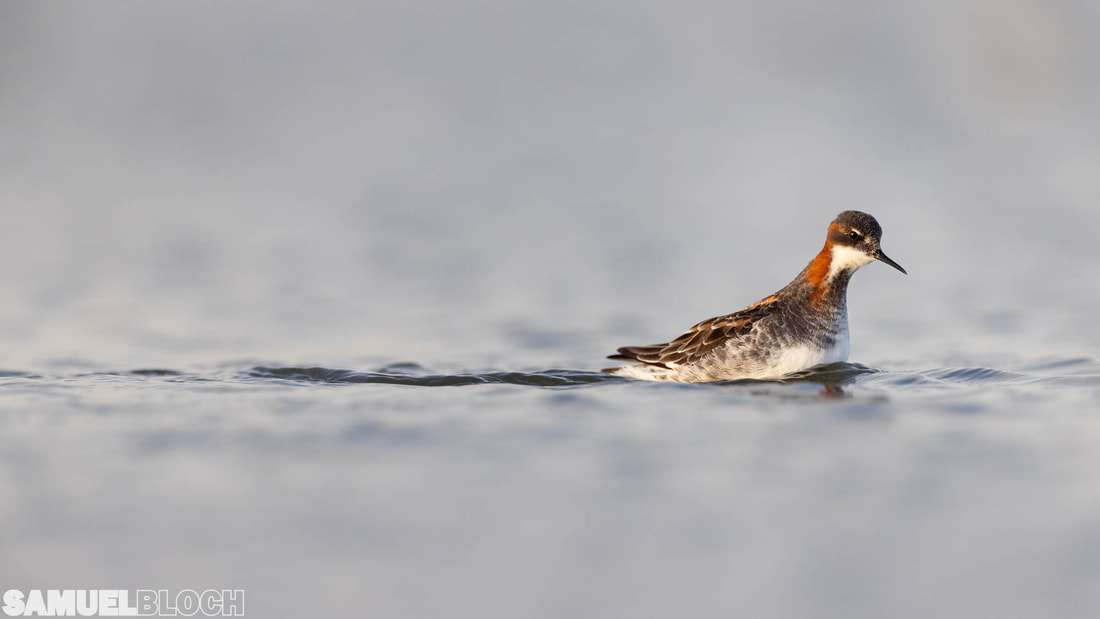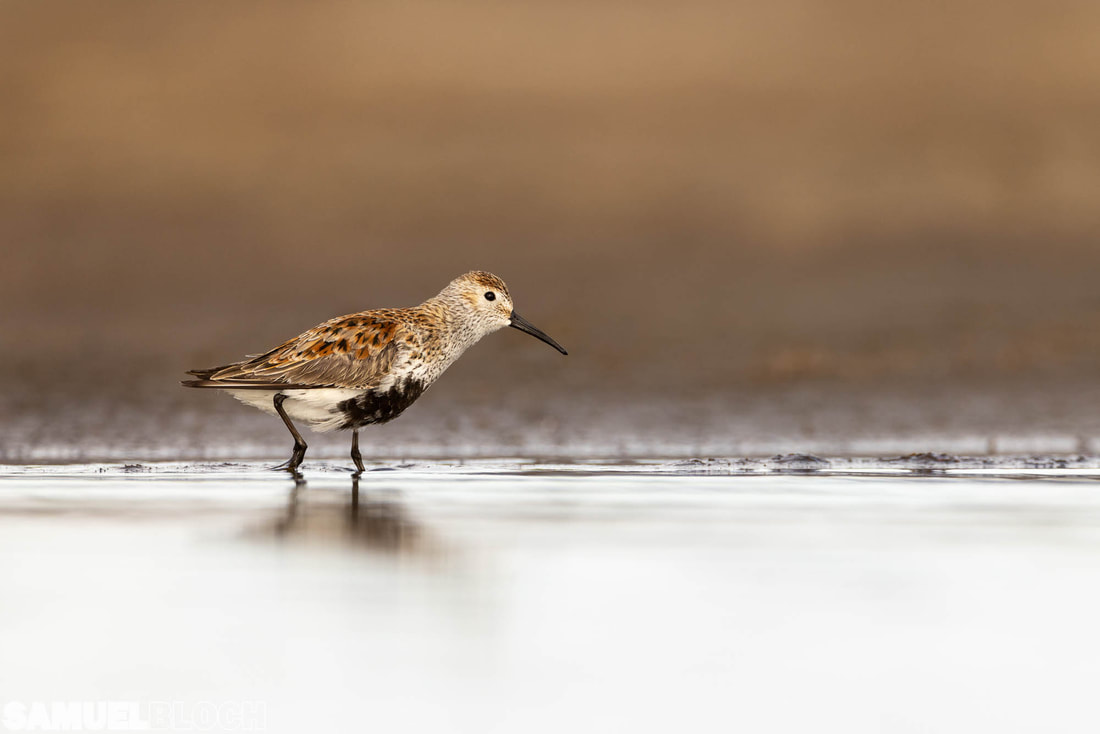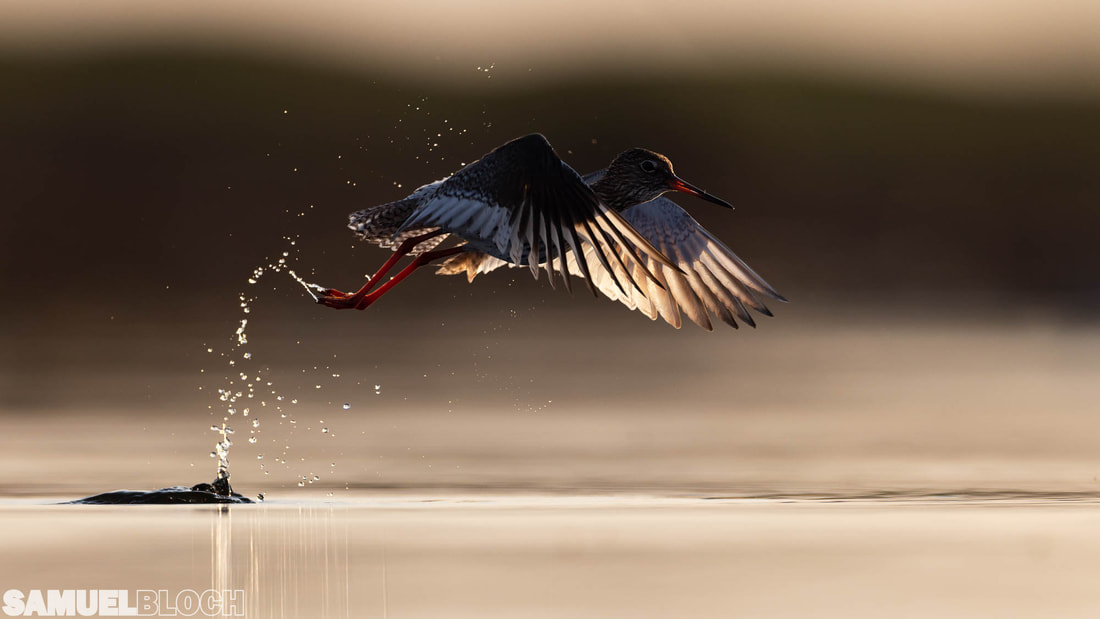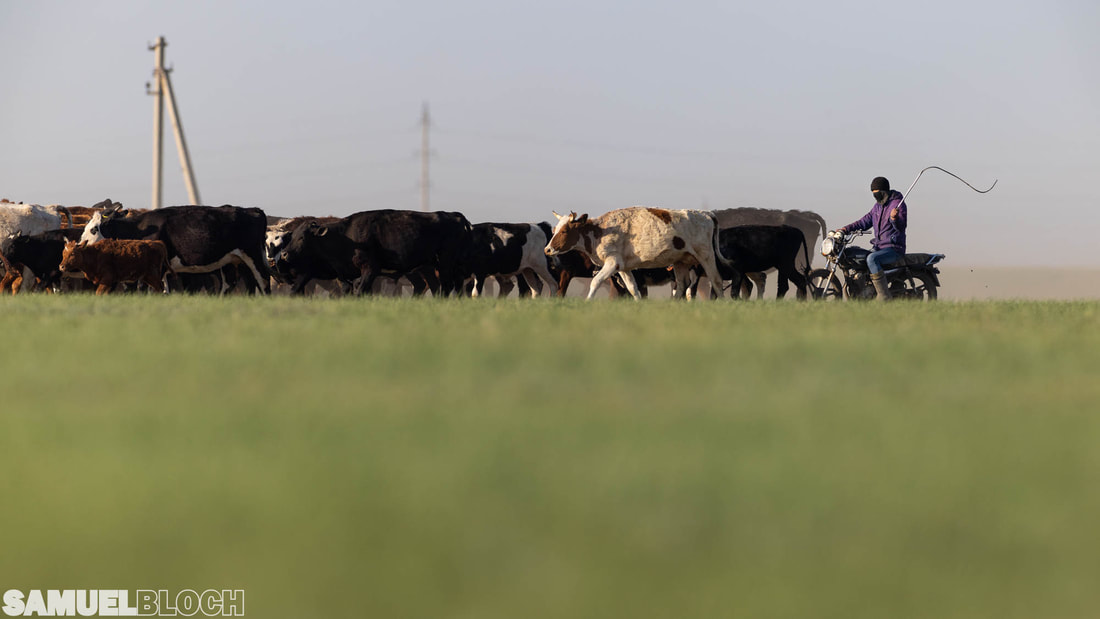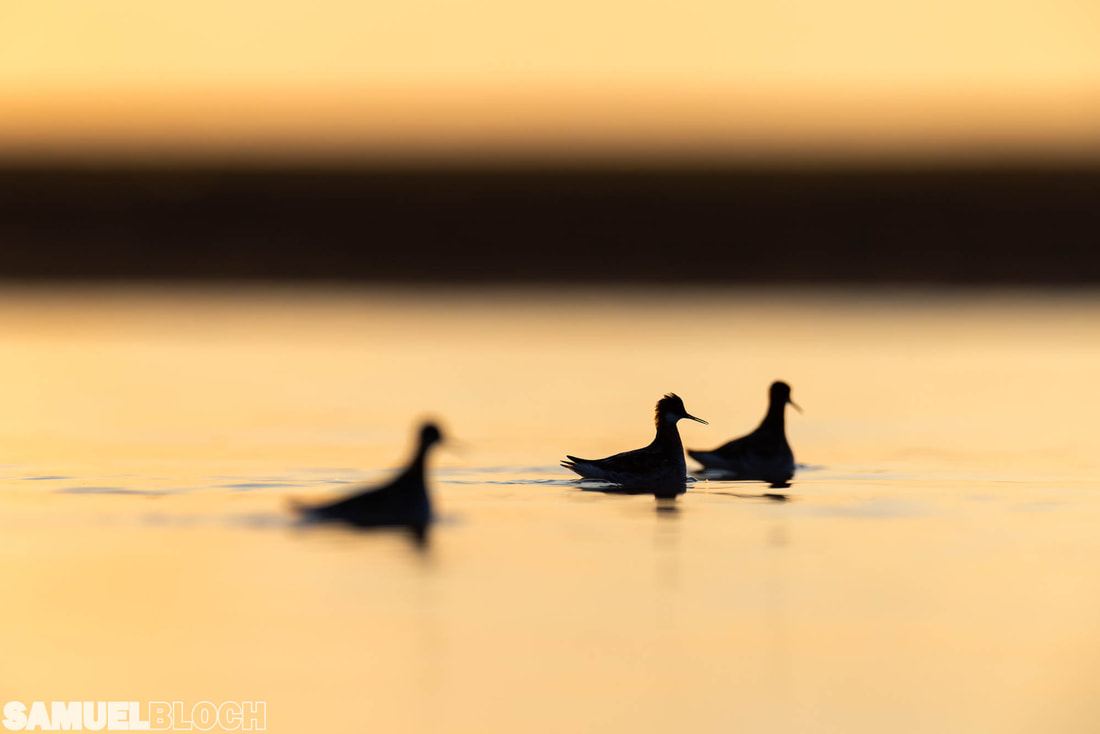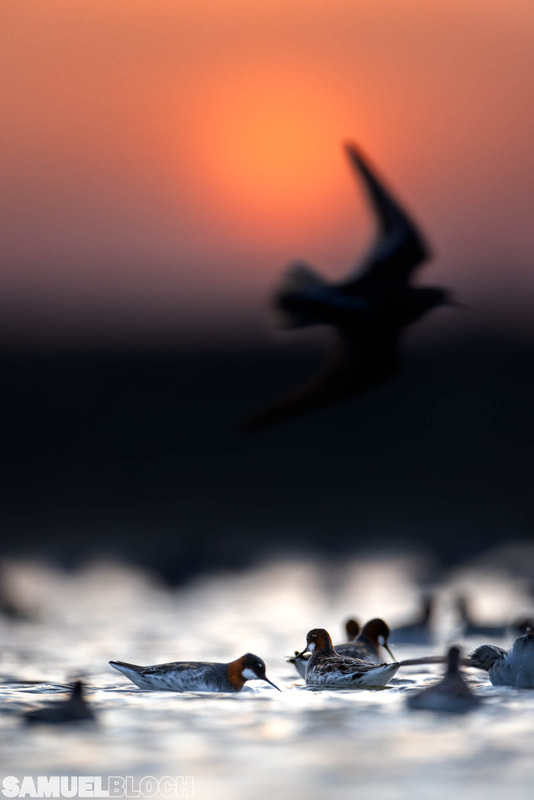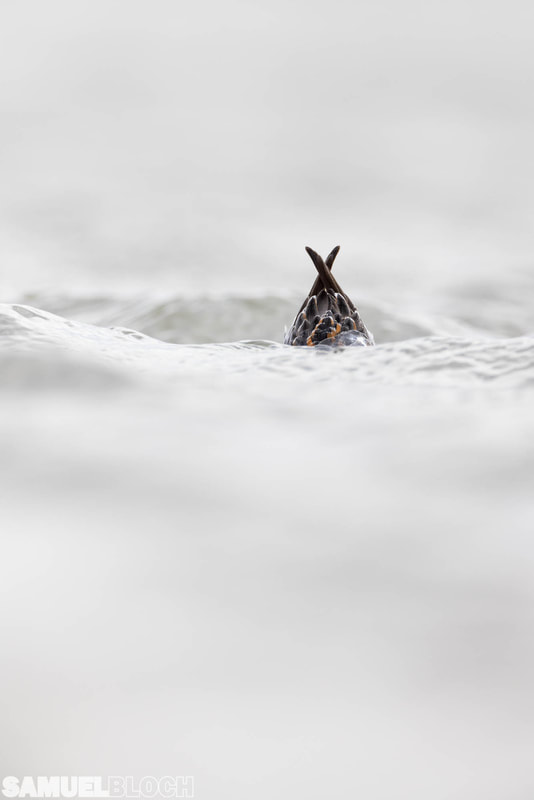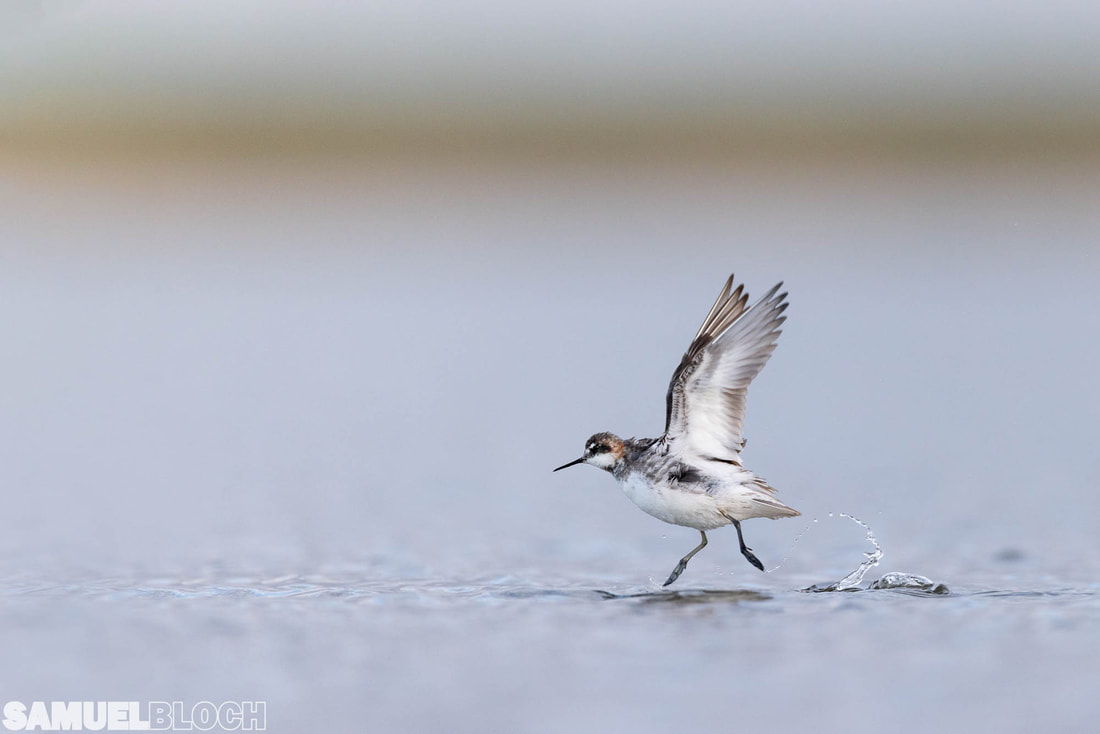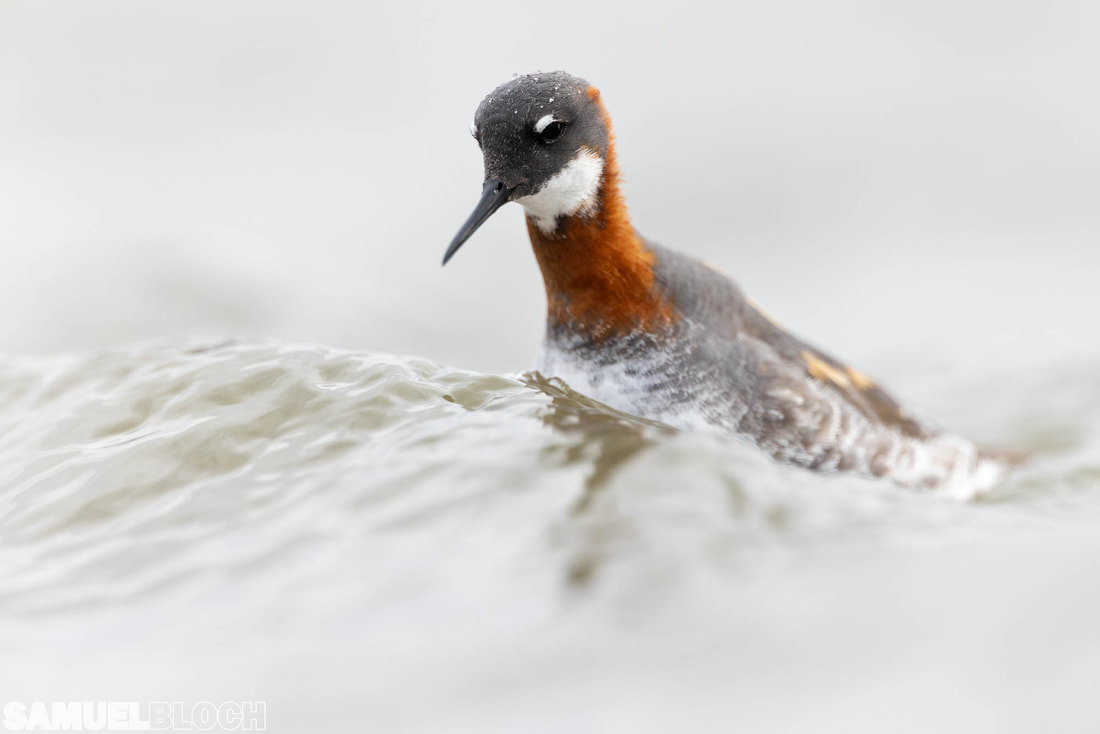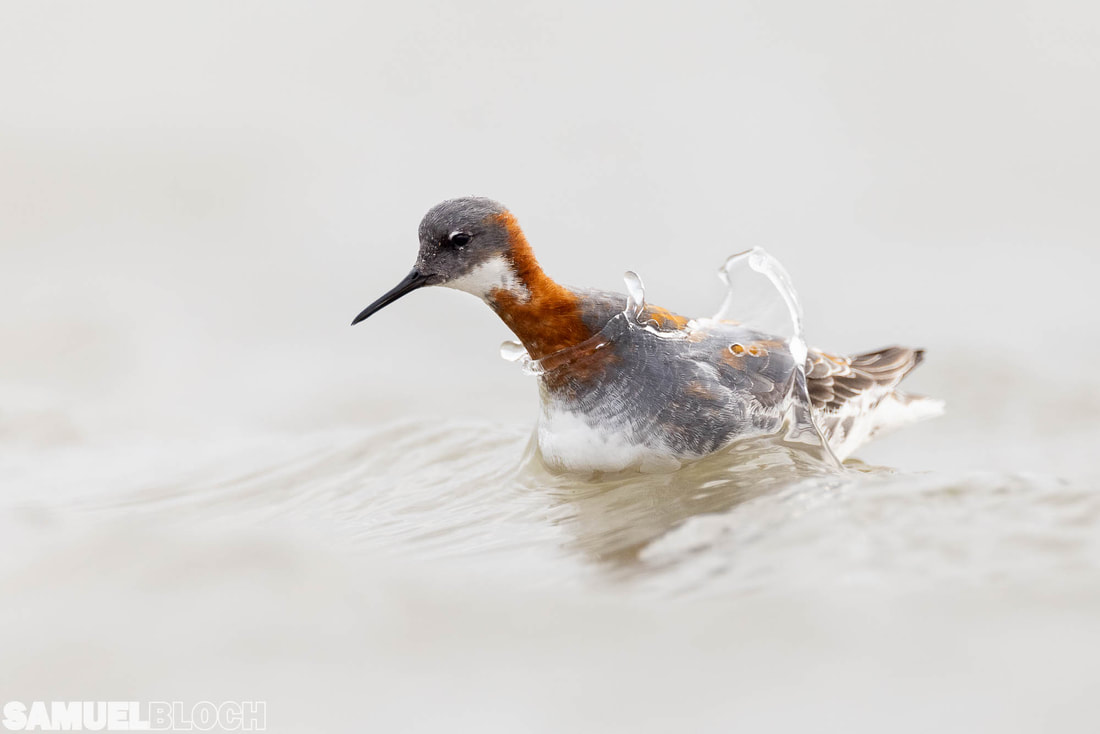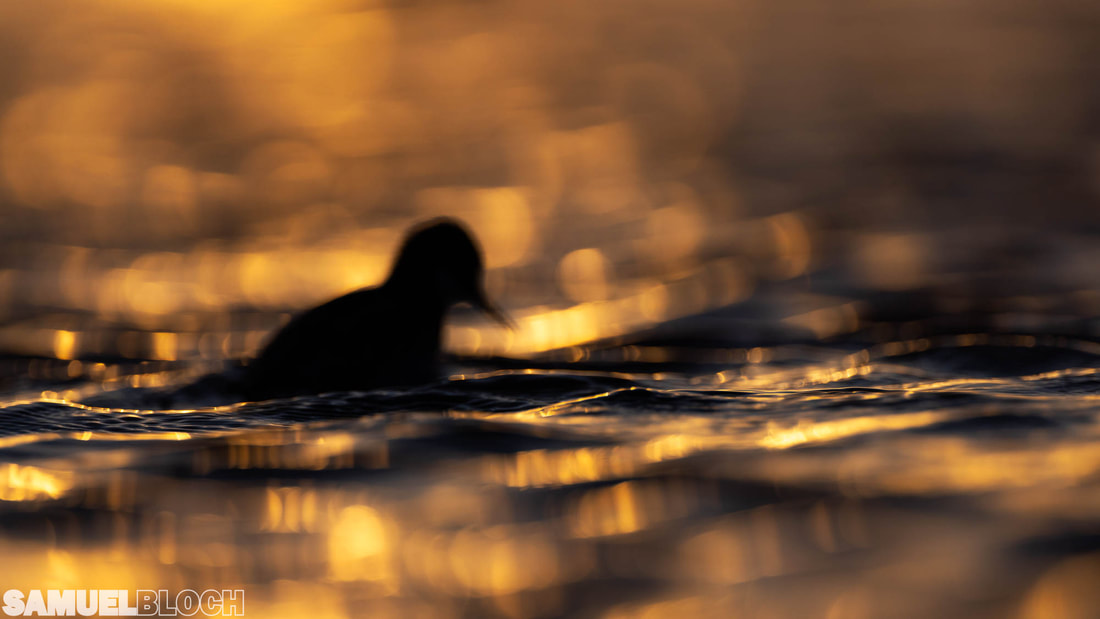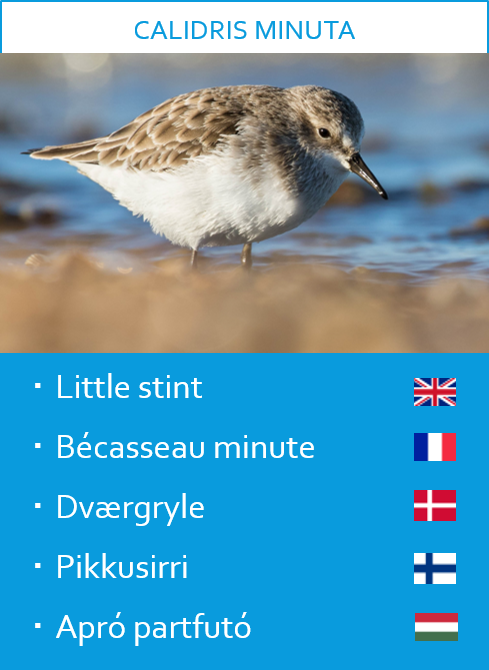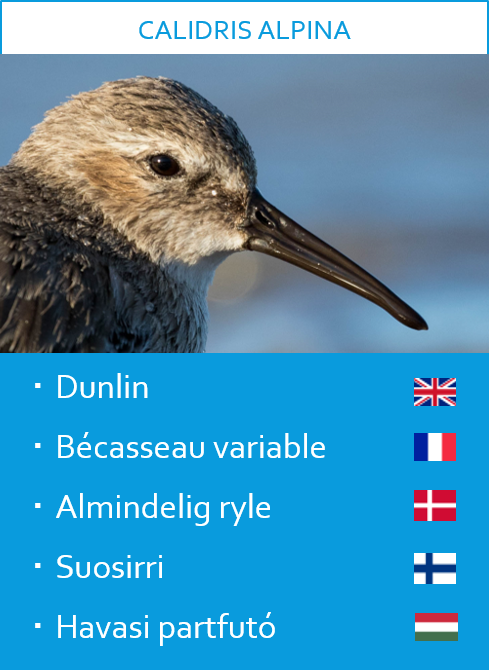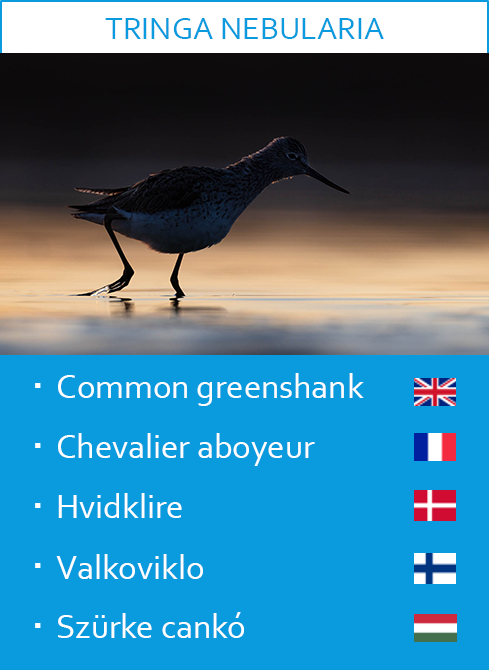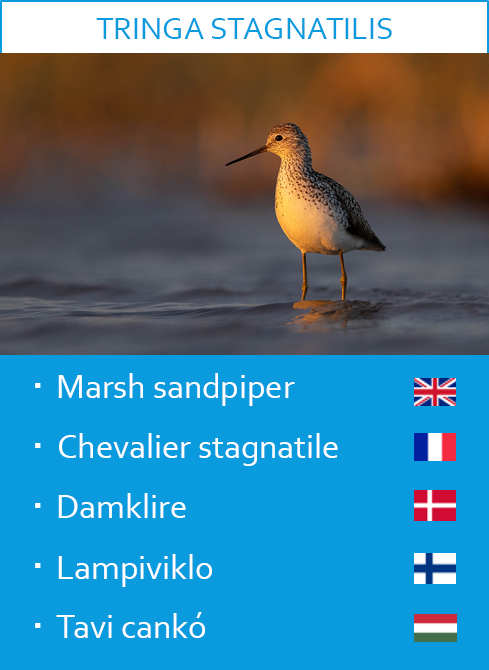|
In May, I led my second (and probably last) floating hide photography workshop in Korgalzhyn, in the steppe of nothern Kazakhstan. If you're a regular reader, you've seen a few pictures already, but here is a fluffier gallery. Compared to last year, I spent more time in the water, and less time in the grasslands... and in hindsight, I wish I had done things a little differently. But in any case, through the fun and the hardships, I came back home with an exciting portfolio that showcases several aspects of life in the steppe. Here we go! Once again, Arctic waders on migration provided a great show. I had amazing encounters with Curlew sandpipers (Calidris ferruginea), Little stints (Calidris minuta) and Red-necked phalaropes (Phalaropus lobatus) in breeding plumage, for instance! I had a fun encounter with a Common redshank (Tringa totanus) that I shot in sidelight and backlight, on a warm afternoon with veiled light. That was the outing during which I got water in my suit while chasing Red-necked grebe. Check out the story here if you've missed it! I also shot Pied avocets (Recurvirostra avosetta) for the first time. At the start of the week, a pair was starting to settle down near the waterline, but a few days later there was no sign of nesting anymore. I don't think we scared them, but maybe a Corsac fox (Vulpes corsac) got the eggs? I had only very brief encounters with a Terek sandpiper (Xenus cinereus) and a Marsh sandpiper (Tringa stagnatilis). These two grey species nest in the area as well as further north, so I don't know if the birds I saw were locals or migrants. Pictures below, in order: Marsh sandpiper, Wood sandpiper (Tringa glareola) and Terek sandpiper. In some aspects, spring seemed to be rather late compared to last year. There was no Pallid harrier (Circus macrourus), for one, and a few other species were missing. The ballet of White-winged terns (Chlidonias leucopterus) and Pallas's gulls (Ichthyaetus ichthyaetus) catching insects from the surface of the pond we had named "Tern Pond" the year before was completely missing... maybe because insects there hadn't developed yet? That's a conjecture of course; the birds were in the region but not on that particular body of water, which was also shallower than on our previous visit. We had one full day of heavy rain. We wanted to go see some birds, but the dirt tracks around the village proved impassable with the bus. We came back to Korgalzhyn and walked around. We visited the mosque and admired a few more buildings, the explanations of our guide Aldiyar providing some much welcome insights into the life of Kazakh people. We spent the next morning in town, allowing time for the tracks to dry out, and were able to drive to our shooting location again in the afternoon. What a relief! As you know if you've read my most recent email, I spent a lot of time with Red-necked phalaropes. These dainty but sturdy birds gather on the lakes and ponds in the thousands, some days their numbers were really impressive! I wanted to capture that profusion, but it proved complicated. Did I manage? The wind started to blow the evening before the rain came. Until then, we had had very calm conditions, but suddenly it was a lot more complicated to take pictures from a floating hide. Our solution was to stay in the shallows, where phalaropes bobbed up and down, undisturbed. They spend winter at sea, so I guess that was nothing for them! Finally, the last morning was dedicated to backlight. After my last email, I was asked to provide an extended gallery of blurred images, so here we are! I have also added my favourite sharp shots ;-) BIRD INVENTORYSign up for the email list and never miss any Story from the Wild
0 Comments
Leave a Reply. |




